Last updated on April 17th, 2024
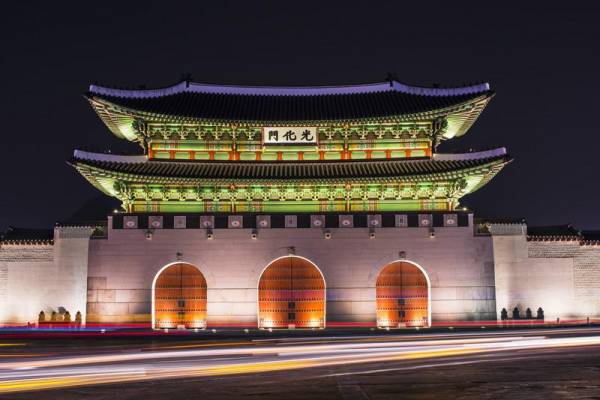
Gwanghwamun Gate, © Can Stock / SeanPavone
Visit Seoul – Gyeongbokgung Palace
Visit Seoul and see the Gyeongbokgung Palace, which is a 14th century building from the Joseon Dynasty. The palace is closed on Tuesdays, but the large park it’s located in is open all the time. You can enter the Gyeongbokgung Palace grounds through the Gwanghwamun Gate.
Take the metro to the Gwanghwamun Subway Station to get to Gyeongbokgung Palace. View the King Sejong statue near the subway station. The National Folklore Museum and the Pavilion of Far Reaching Fragrance are right next to the Palace on the Gyeongbokgung Palace grounds too. Take a short side trip on the route between the subway station and the palace by walking to the Jogyesa Buddhist Temple. Just north of the park is the Presidential residence known as the Blue House.
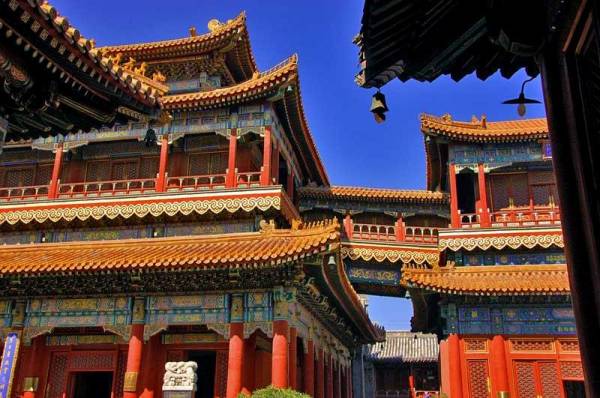
Gyeongbokgung Palace, © Can Stock / steve_t
Bukchon Hanok Village
Bukchon Hanok Village is a popular tourist destination nestled between Gyeongbok Palace and Changdeok Palace. The Bukchon Hanok Village is made from traditional wood construction homes known as a hanok.
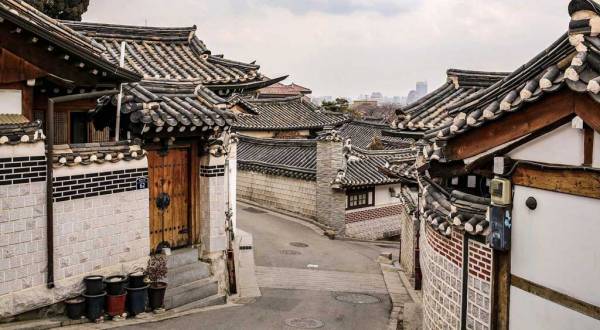
Bukchon Hanok, thanks Pixabay.com
Visit Seoul – Changdeok Palace
Changdeok Palace is in another giant park that is just east of Gyeongbok Palace and Bukchon Hanok Village. Changdeok Palace is a UNESCO World Heritage Site which includes Donhwamun Gate. Also visit the Jongmyo Shrine in the Changdeok Palace park. It’s a Confucian temple commemorating the Joseon Dynasty. When you travel between Changdeok Palace and Gyeongbok Palace, consider visiting the Insa-dong Antique Alley.
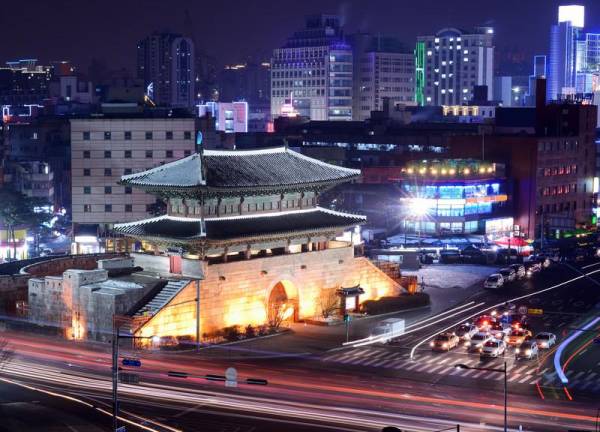
Namdaemun South Great Gate, © Can Stock / SeanPavone
Visit Seoul – Great Gates
Seoul has 3 Great Gates and 4 Small Gates spread throughout the city. The Great Gates are referred to by their direction from downtown. Only 3 of the 4 Great Gates remain today. The North Great Gate is in the hills north of the Blue House. The South Great Gate is near Namdaemun 24 Hour Market. The East Great Gate is near Dongdaemun Shopping Malls. The Great West Gate was destroyed by the Japanese, so it’s called the Invisible Gate now. You can spend many hours hiking the trail remains of the old Seoul Fortress Walls between the gates.
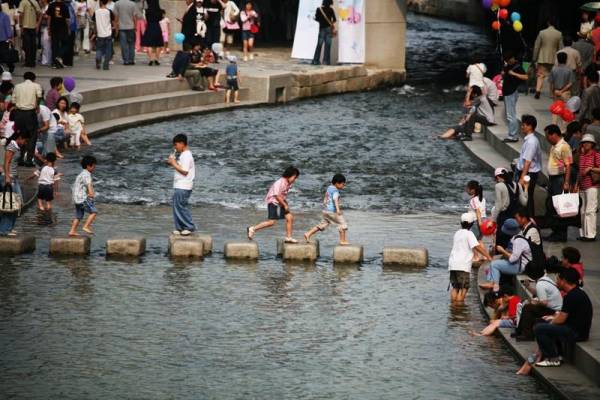
Cheonggyecheon Stream, © Can Stock / imstocks
Visit Seoul – Cheonggyecheon Stream
Cheonggyecheon Stream is a popular spot for tourists and locals alike. You can cross the small stream by hopping along stones set in the stream. The stream is in the heart of downtown with Cheonggye Plaza and Gwangjang Market nearby for shopping. Follow the stream east and you will soon come to the Dongdaemun Shopping Malls and the Great East Gate.
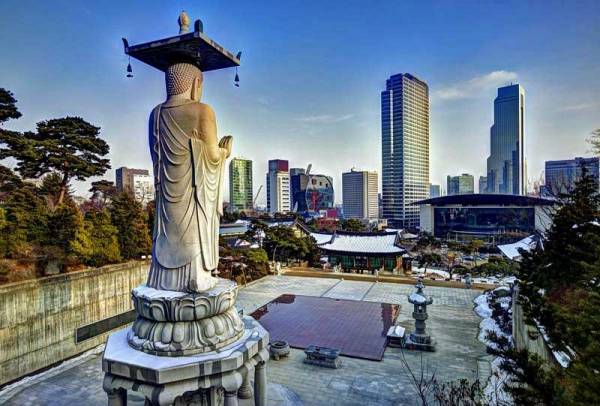
Bongeunsa Temple, © Can Stock / SeanPavone
Visit Seoul – City Hall Area
The Myeongdong Shopping District is right beside Seoul City Hall. A short distance south of Seoul City Hall brings you to the impressive Namdaemun Great South Gate. Don’t miss the Namdaemun 24 Hour Market beside the Great South Gate.
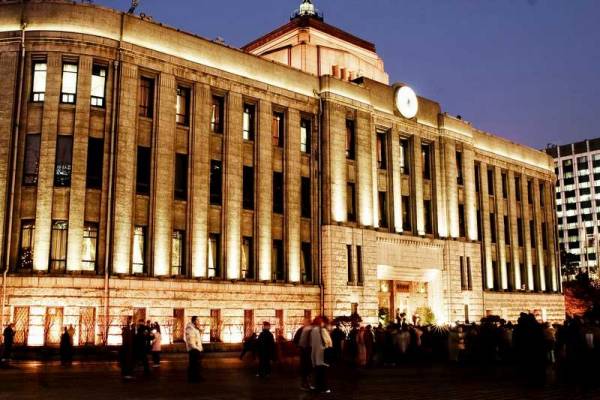
Seoul City Hall, © Can Stock / imstocks
Visit Seoul – Hotels
- Lotte City Hotel Myeongdong
- Grand Ambassador
- Signiel Seoul
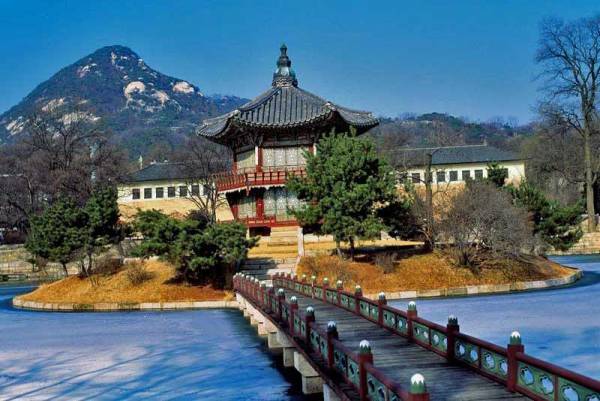
Pavilion of Far Reaching Fragrance, © Can Stock / WizData
Banpo Bridge Rainbow Fountain
From downtown Seoul, head south to a number of attractions in the Han River area. First visit the N Seoul Tower for views over the city. The Itaewon bars, restaurants are just south of the N Seoul Tower park. Then head to the War Memorial of Korea. Next, cross the Han River on the Banpo Bridge Rainbow Fountain.
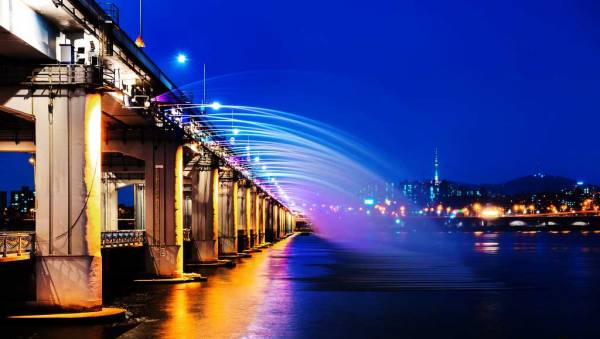
Banpo Bridge, Han River, thanks to Pixabay.com
The Banpo Bridge Rainbow Fountain is the world’s longest bridge fountain. The bridge has fountains that spray vertically from its frame. Colored lights create lovely rainbow colors at night. Spend time at Banpo Hangang Park enjoying the view of the Banpo Bridge Rainbow Fountain from the floating islands created in the river.
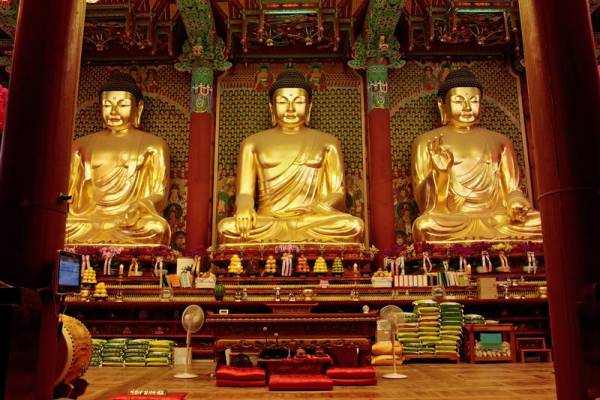
jJogyesa Buddhist Temple, © Can Stock / cdsmsoft
Visit Seoul – Han River Area
In the Han River area you can shop at the Shinsegae Department Store and stop in at the Noryangjin Fish Market. Don’t miss the Bongeunsa Temple in the Han River area too. It’s a very popular attraction in Seoul. A bit farther brings you the National Assembly grounds or in the other direction to Lotte World, which includes a theme park, an aquarium and a water park.
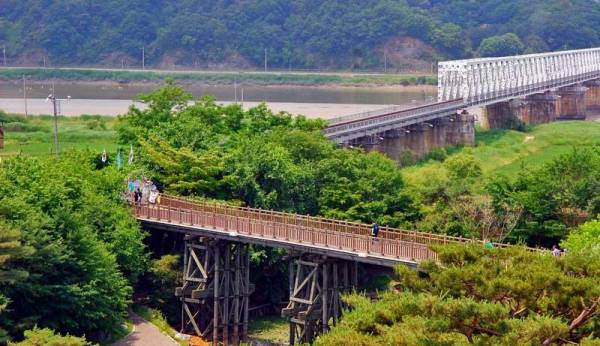
Bridge of Freedom, DMZ. © Can Stock / dinhhang
Things to See and Do near Seoul
- DMZ Tour – visit the demilitarized zone between North and South Korea.
- Korean Folk Village – about an hour south of downtown Seoul.
- South Han Mountain Fortress – a Joseon Dynasty temple and a UNESCO World Heritage Site just over an hour south of downtown Seoul. Take Seoul Subway Line 8 to Namhansanseong Station.
- Hwaseong Fortress – a late 1700s Joseon Dynasty temple and a UNESCO World Heritage site about 1.5 hours south of Seoul.
- Royal Tombs of the Joseon Dynasty – over 18 UNESCO World Heritage Site locations throughout South Korea.
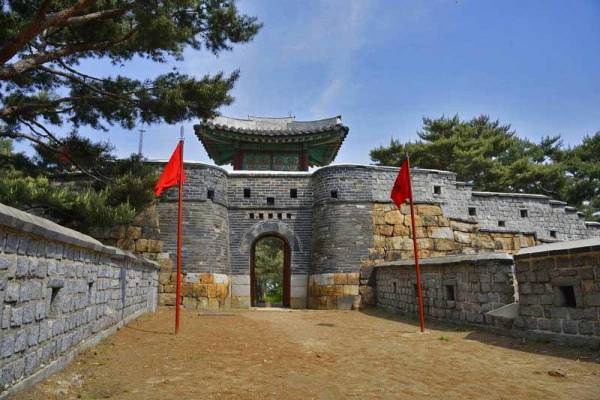
Sunwon Hwaseong Fortress, © Can Stock / jipen
Savor the Tastes of Seoul
- Eat Korean BBQ at a pojangmacha (roadside tent).
- Bibimbap – rice bowl with a whole fried egg for good measure.
- Kimchi – spicy, sour veggie side dish
- Makgeolli – rice based alcohol.
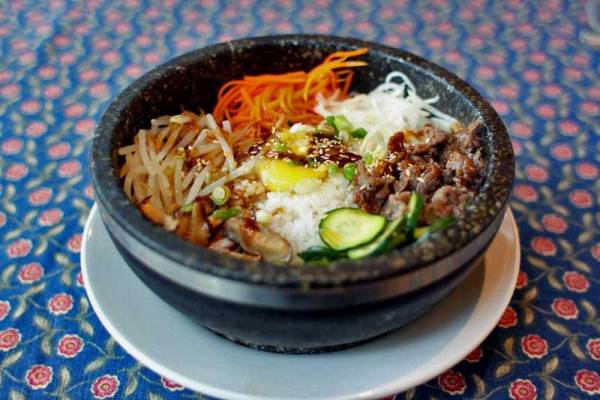
Bibimbap, © Can Stock / pklick360
Get to Seoul
Incheon International Airport services Seoul from an island in the South China Sea about an hour from downtown Seoul. You can get to Seoul from the airport by high speed train. Seoul’s SMRT transit system is one of the largest and busiest subway systems in the world. Train stations can be seven stories underground, so catching a ride on the subway or an inter-city high speed train can be a challenging experience. Some trains even have wifi and stewards to serve you.
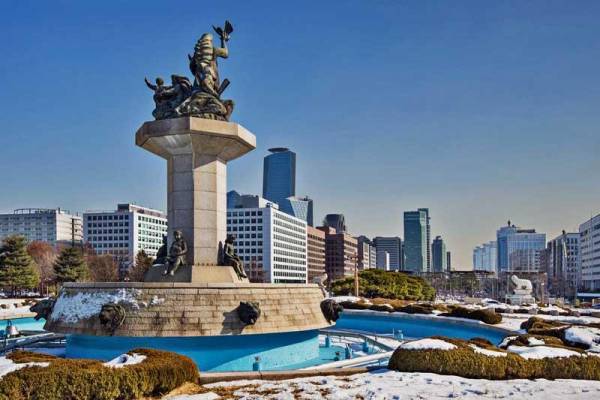
National Assembly Grounds, © Can Stock. / SeanPavone
Visit Seoul – Background
Seoul is the capital of South Korea and its largest city. More than 25 million people live there. The city is on the Han River, about an hour from the South China Sea. Seoul was also the capital of Korea during the Joseon Dynasty. The Joseon Dynasty lasted 500 years until 1897 and has a major influence on the city to this day.
Seoul Weather
Seoul weather is very warm summer, despite being close to the South China Sea. Expect average highs around 85 F (28 C). In the winter months from December to February, average highs are just above freezing and night time lows are a few degrees below freezing.
The East Asia monsoon season affect Seoul weather in July and August. Expect around 15 inches (375 mm) of rainfall in each of these months. The winter months are relatively dry, but snowfall is possible. Spring or fall are likely the best times to visit Seoul if weather is a deciding factor.

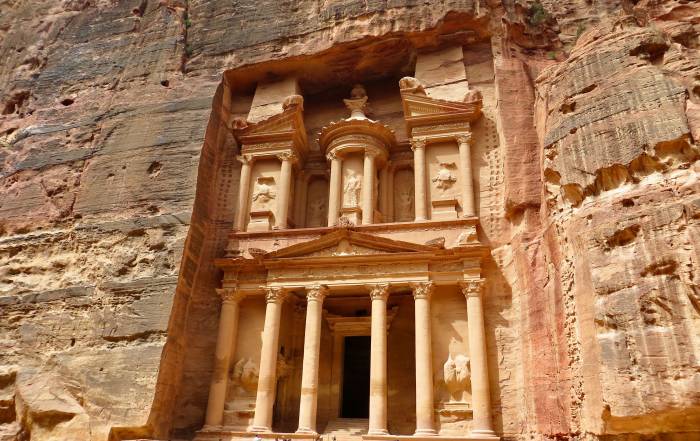
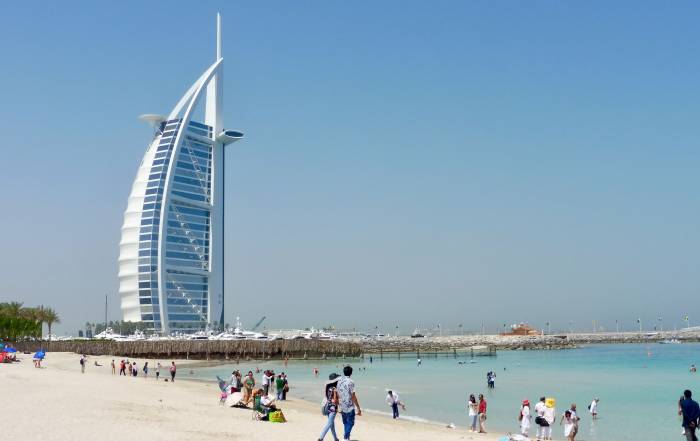
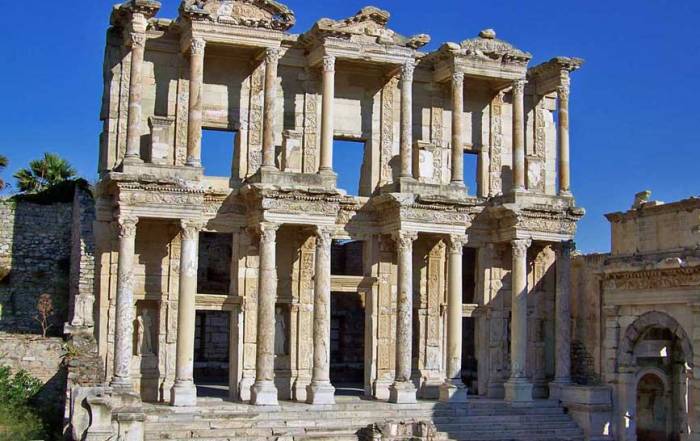
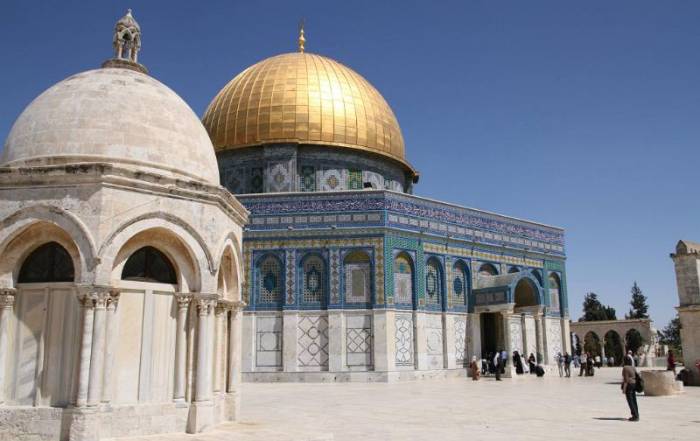
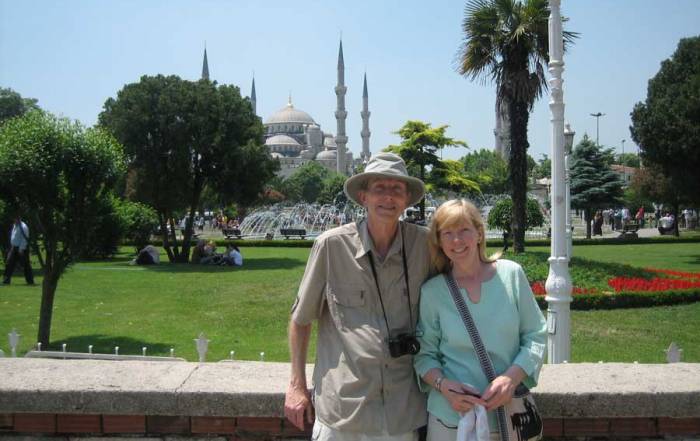
Leave A Comment